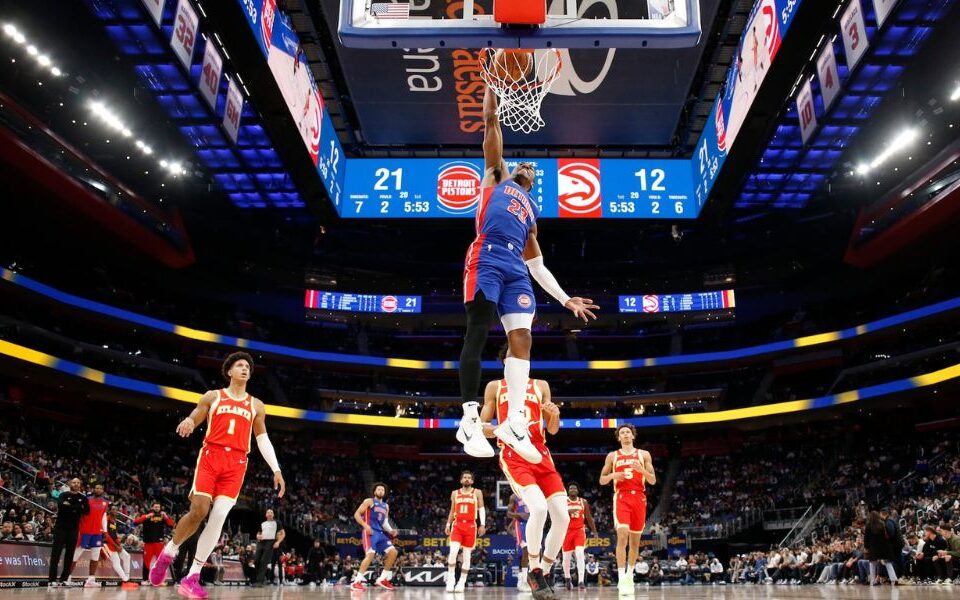- Have any questions?
- 888-432-8878
- steve@sebackground.com
Ask HR: 5 Ways to Reward Remote Teams
June 26, 2020Unions Organize in Response to COVID-19 Safety Concerns
June 26, 2020Workplace communication is mostly done through emails, sending assignments, daily reports, assigning tasks and precise formal directions! Nowadays, everyone is adept in the digital workspace, and people breathe the digital age. As such, an email is a convenient form of communication. Be it work from home or office work; email communication is one of the most efficient and quick ways of being in touch with people.
However, how a person writes an email can say a lot about their personality, working style as well as their attention level. And more so, the sign-off or email signature is a great highlighter. The way the person signs off and sends the email signature says plenty about the person. Some of the standard email signatures and their indications include:
The typical ‘thank you’ email signature indicates that the person is courteous, thoughtful and conscious of being at their polite self. The person may not be ready or comfortable opening up to their colleagues soon and are most likely to say “yes, please” to anything offered to them. However, ending each mail with an appreciation is overdoing. The form of gratitude should follow the content of the email, and every email may not require a thank you. It is also important to note the context of a period after the word “thanks.” If the ‘thanks’ is partnered with a period, it may come off as passive-aggressive, provided the content of the mail. It is essential to add a comma or an exclamation to the ‘thanks’ instead of a period.
Cheers
When a person says ‘cheers’, all one can imagine is a person saying it before clinking drinks with friends or colleagues! If a person uses “cheers” to sign off on emails, the person can be considered a relaxed, comfortable and confident person in communications. However, it doesn’t take away the professionalism of the person, and it just shows that are more approachable. ‘Cheers’ is a safe bet, mostly when the person is not much familiar with the recipient. However, it should be skipped if the contents of the email are severe.
Regards
‘Regards’ is the most common email sign-off used by people! It is neither too formal nor too laidback, and it is adequate and precisely proper. The sender of this email signature comes as full of confidence and power, but not showing it off in the office. If a person has doubts over what to send as an email signature, ‘regards’ might be the best choice!
Sincerely
This is one of the least used email signatures. A person using this sign-off can be perceived as someone sticking to an outdated signature style or filling up a cover letter. However, ending emails with a ‘sincerely’ highlights a level of sophistication and the recipients may be impressed with the language throwback.
Have a great morning/day/evening/weekend
If a sender adds a line like this to their emails, it is perceived that they genuinely want the best for people and have a positive outlook most of the time. The sender comes off as a bright and cheerful person, and this email signature can also bring a positive feeling to the recipient.
A, B, C
If the sender adds initials, then they can be termed as one of the most creative people in the office. By signing off emails with combinations of initials of the name, it highlights that the sender has a personal brand. It shows that the sender pays attention to how things around them look and feel and are conscious of their image.
XO
This is a highly improper email signature and shouldn’t be used in the modern workplace setting. Unless the sender and the recipient aren’t engaging in an office romance or are highly comfortable with each other, this email signature is best avoided.
No signature at all
If a person doesn’t add any email signature at all in the initial/first mail, then the person can be termed as too casual. However, if the person doesn’t use any email signature throughout the email trail, they can be considered as respectful and efficient and not willing to waste an extra line or two for a sign-off.
The post What does your email signature say about you? appeared first on The HR Digest.
Source: New feed





